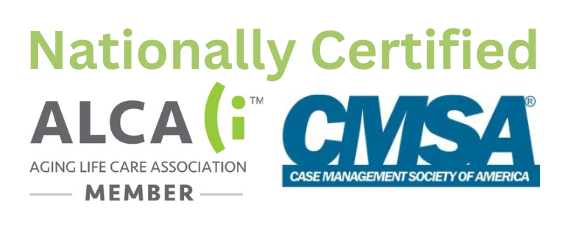Suffering from a fall might not seem like such a serious situation for most people. For older people, however, it can be the cause of permanent handicap, physical and psychological trauma, or even death.
Falling when you’re twenty will probably give you a bruise. When you’re eighty, that same fall is more likely to lead to a fracture, surgical intervention, and possible permanent handicap. A handicap of this sort can lead to greater loss of vitality and another fall later on.
This makes fall prevention an essential factor to consider to preserve longevity and quality of life for older generations.
Why do Seniors Fall?
There are many causes of falls amongst older generations. They can be bundled into two main categories:
Internal causes:These are about the effect of aging on the human body, such as loss of muscle mass, balance and coordination, as well as loss of cognitive ability and judgment, decreased visual acuity, or exhaustion.
External causes:Environmental causes contribute to falls amongst the older population. These are things such as the layout of the living space, poor lighting, bulky and obstructive furniture, and hazardous clutter.
Most falls are a combination of both causes. A shuffling gait due to loss of muscle strength and loss of coordination may not cause a fall on its own. Add a poorly attached carpet, however, and you end up with a nasty fall that a younger person may have avoided.
To minimize and prevent the risks of a fall amongst aging loved ones, both internal and external factors need to be addressed.
Internal Causes of Falls Amongst Seniors
Internal causes are the domain of medical professionals, such as physical therapists. Falls can be avoided with regular checkups and a proactive approach to health issues.
An ophthalmologist may need to be consulted. Eyesight should be checked regularly.
Maintaining and improving coordination and balance must be prioritized through regular exercises and, if necessary, consultation with a physical therapist. If needed, a walking aid, such as a cane or walker, can help prevent falls.
Any medical issues and complaints such as dizziness, stiffness, and lack of appetite need to be addressed ASAP. They’re a clear red flag announcing a probable fall.
External Causes of Falls Amongst Seniors
These are usually much easier to deal with than internal causes. Common sense, professional advice and, in some cases, limited home improvement can all help reduce the risk of falls.
The first step is to analyze existent fall hazards. Perform a room-by-room analysis of fall hazards, concentrating on low-lying objects and excess furniture.
The living environment needs to be as open as possible. Clutter needs to be avoided at all costs. A person with limited coordination will find a cluttered room more difficult to navigate. Rugs tend to be a common culprit causing falls, so get rid of them or secure them to the floor.
Since lack of visual acuity can lead to falls, make sure that lighting is adequate. At night and in dim light, a senior may be incapable of compensating pre-existing balance issues.
Another invaluable help in ensuring the security and prevention of falls amongst the elderly are physical adaptations to the home environment such as handrails for the stairs and adapted bathrooms. The combination of wet floor and lack of balance tend to make bathrooms hazardous environments for the elderly, so these should be equipped with hand grabs, anti-slippage mats, and adapted toilets.
Falling is certainly a case where prevention is far better than a cure. It is well worth trying to remove fall hazards around the house and asking for professional advice if you are concerned. Contact our senior care managers if you want to learn more about ways to assist your aging loved ones.







